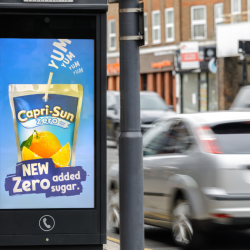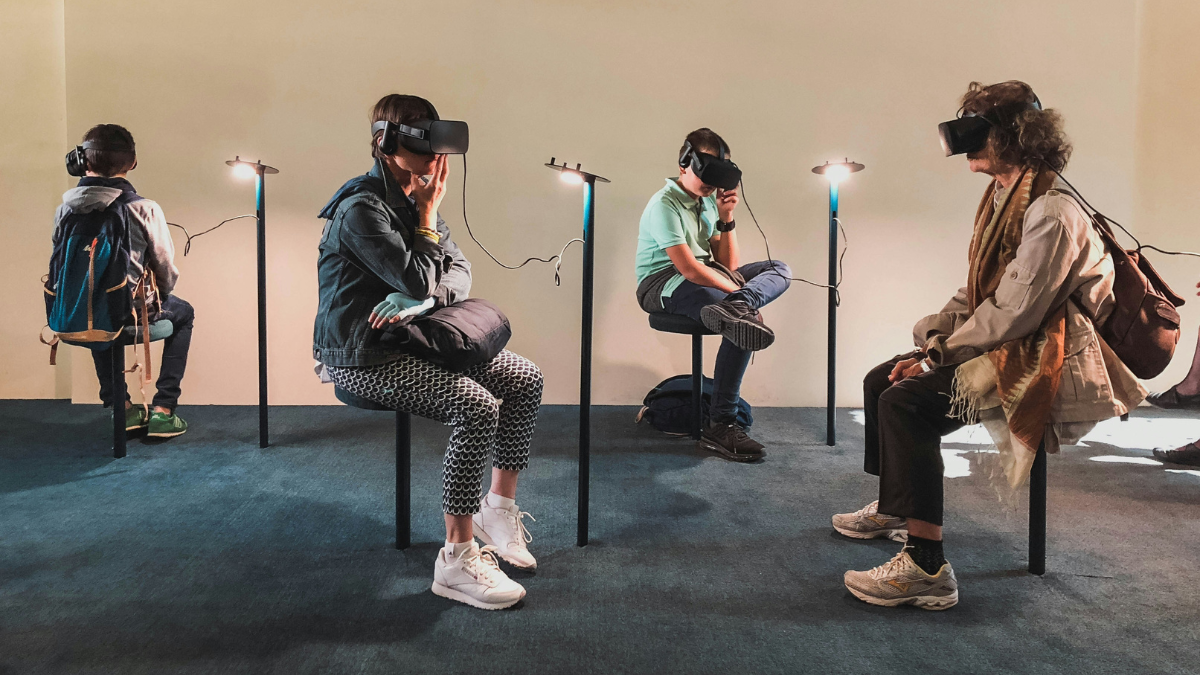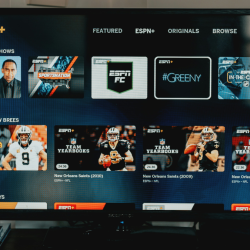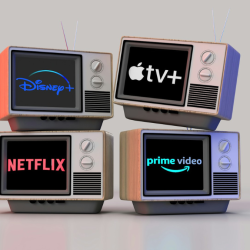YouTube is impressive in scale — across 4-screens it was 17.4% of Total Identified Viewing in August this year. Only behind all BBC linear channels and BBC iPlayer combined at 22.7%. The picture is different if we restrict to TV screens where YouTube’s share drops to 8.9%, but this scale is one reason why Barb have measured YouTube since late 2021, and why it is important to remind ourselves what Barb data can tell the industry about YouTube audiences. Barb data reveal the devices people use to watch and what the people, who make up that big audience, like and dislike. Taking device first, we have seen that the TV-set is becoming increasingly important to YouTube.
TV is YouTube’s most important device in share of measured minutes

The data here show a clear inflection point in November 2023 where TV sets overtook smartphones as the device people were most likely to use to access YouTube. And since December 2023 TV-sets are clearly the most used device to watch YouTube. We have set out the reasons for this change before, but they are briefly: changing TV technology allowing easier access to YouTube, changing viewer behaviour and the strategy of YouTube itself to acquire and distribute TV content like the NFL Sunday Ticket Package in the US.
We must caveat though that these data are only based on when individuals are connected to the home wi-fi network. As such there will be viewing on tablets, PCs and, most importantly smartphones that is not reflected in this view. We can get around this, to a degree, by looking at reach. The chances are if you viewed YouTube away from your home wi-fi network in any given month, you probably did at home as well.
TV-sets gaining on smartphones in reach terms
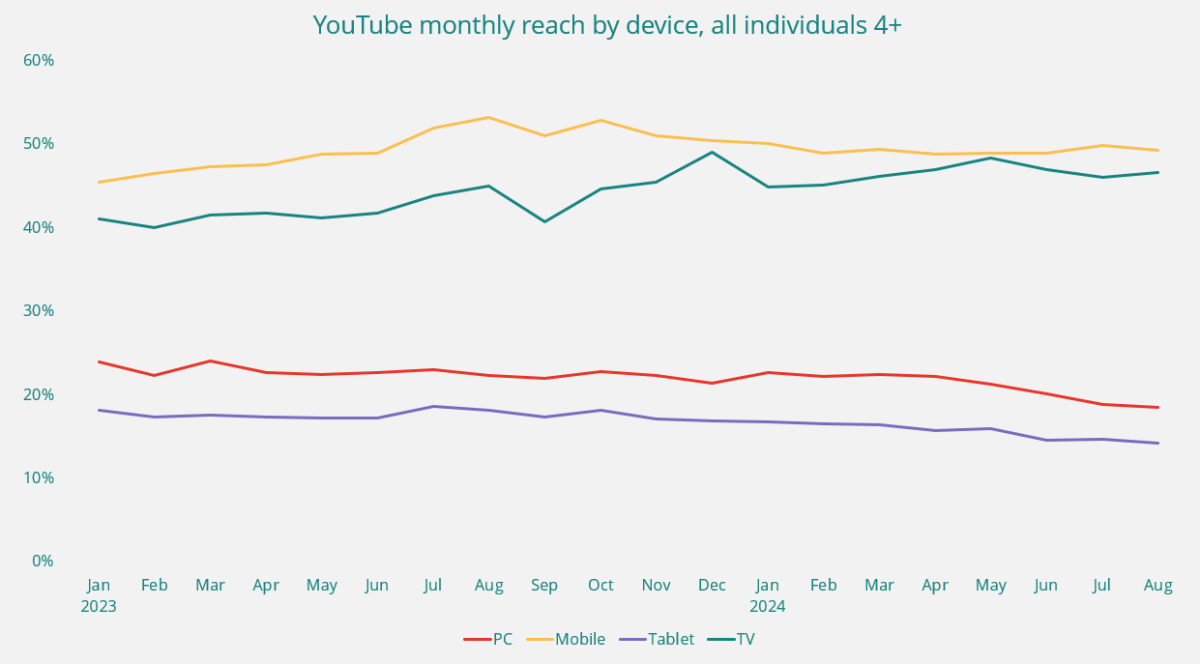
Viewed in this way we see that smartphones remain the most important device to YouTube, although this lead is considerably narrowed. Between March and August 2023 reach on smartphones was an average of 4.5m higher than reach on TV-sets. For the same six months in 2024 that average is only 1.5m higher for smartphones.
Notably we also see a gradual decline in YouTube viewing on tablets and PCs. This holds true for both reach and share of viewing time. The Barb Establishment Survey has tracked a decline in tablet access particularly from 44m individuals in Q2 2021 to 41m in Q2 2024, so this makes sense.
It’s also worth considering how the picture looks for younger viewers. For under 16s reach on a TV-set outstrips that on smartphones, has done so consistently, and the gap is widening. For those valuable 16-34s smartphones still lead the way, although the chart below shows that this gap too is narrowing, albeit slowly for the younger and older half of that group.
TV-sets are where kids consume YouTube. Younger adults still prefer smartphones

Moving away from devices we can split the YouTube TV-set audience into quartiles covering the heaviest and lightest viewers to understand how important heavy viewers are to the platform. In common with other channels, the answer is very important.
The heaviest quartile of YouTube TV-set viewers (8.2m individuals) represent the majority of the service’s viewing
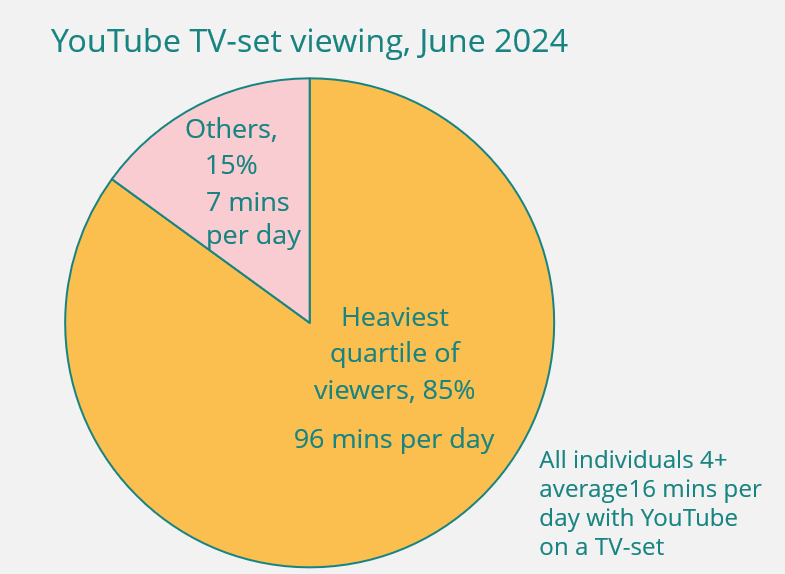
This is not unique to YouTube — the same chart for ITV would have 70% of TV-set viewing time coming from the heaviest quartile of viewers (12.2m individuals in June this year), but it does seem more extreme for YouTube than other services. The question this might pose for users of the data would be around how long YouTube will take to deliver its big reach? And in that time will frequency become an issue for those heavy viewers? Finally lets move on to what these viewers like, or dislike.
YouTube viewers don’t like dogs
Okay — that’s not quite right, but the IPA’s Touchpoints survey allows us to see that YouTube viewers are less likely to be dog, or indeed cat, owners. Integrated with Barb data since 2020, Touchpoints offers a myriad of ways in which to understand audiences beyond simple demographics. If we apply that to YouTube viewers, we can see points of difference compared to Total Identified Viewing, or another channel should data users choose.
YouTube viewers more likely to watch esports than cycle
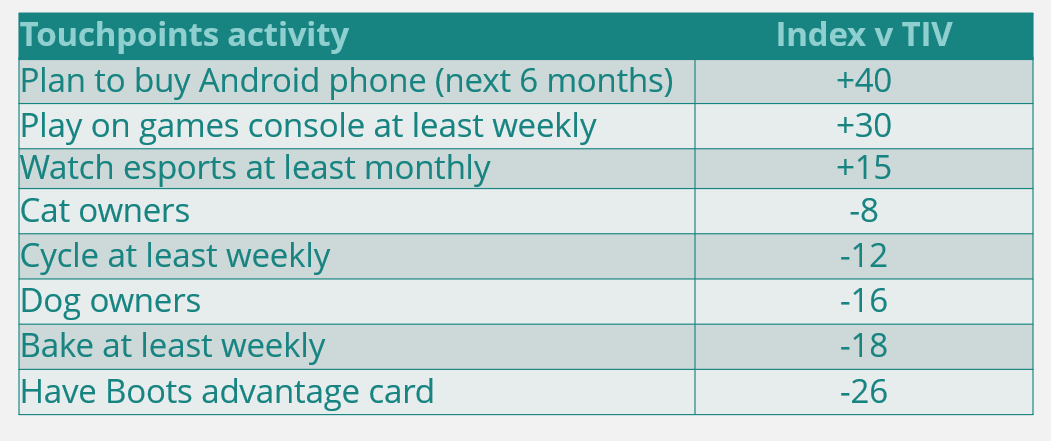
Comparing in this way lets us pick out the things YouTube viewers are more or less likely to do. They are 40% more likely to say that they plan to buy an Android phone in the next six months. And 30% more likely to use a games console at least weekly. Whilst being 18% less likely to bake at least weekly and 26% less likely to have a Boots advantage card.
The missing piece of the puzzle?
So we can see that YouTube represent a large section of the ‘what people watch’ puzzle that Barb continues to solve. We have a really good understanding of who is doing the puzzle, and how long they’ll take to do it. Now we just need to uncover the part of the picture on the box occupied by a YouTube logo. The industry has expressed its desire for Barb to complete this picture — we remain ready to work with YouTube toward that goal.
Featured image: charlesdeluvio / Unsplash
